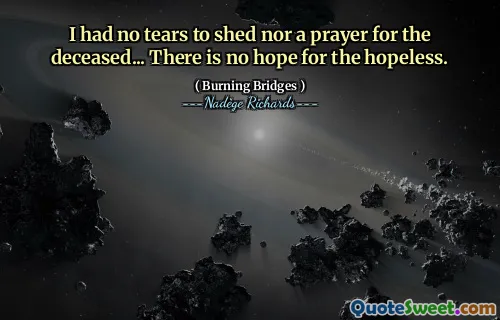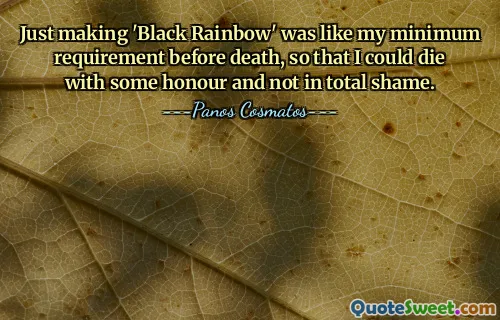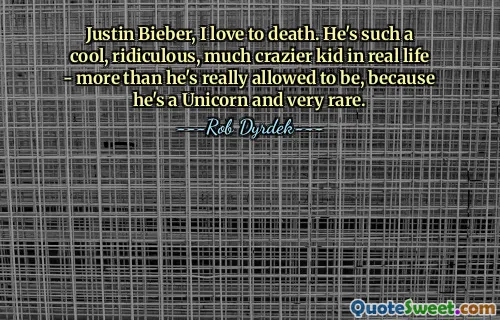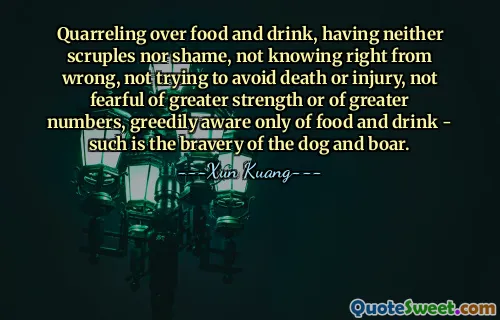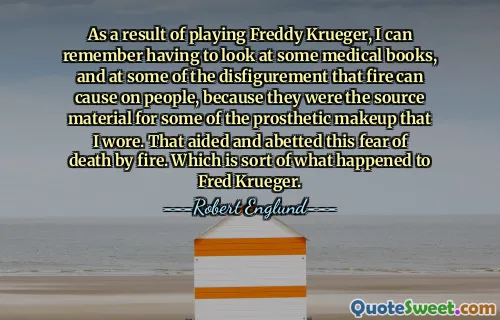
I had no tears to shed nor a prayer for the deceased... There is no hope for the hopeless.
This quote profoundly captures a deep sense of emotional numbness and despair. The absence of tears and prayers suggests a profound disconnect or exhaustion, a state where grief no longer moves the individual to express sorrow conventionally. It speaks to a moment in life where one might feel completely drained or silently broken, to a point that the usual outlets for mourning—crying or praying—lose their significance or power. The second part, "There is no hope for the hopeless," strikes a starkly nihilistic tone. It presents hopelessness not just as a feeling but as a state from which recovery seems impossible. This deterministic viewpoint can resonate deeply for those experiencing profound darkness, yet it also challenges us to reflect on the nature of hope itself. Is hope a finite resource that once depleted cannot be regained? Or is it a spark that can be reignited, even in the bleakest of situations? The quote sits within the context of "Burning Bridges," which implies themes of finality, rupture, and perhaps inevitable loss, often seen in relationships or life choices. It invites consideration of how we cope with ultimate endings—whether emotional, relational, or existential—and the places where resilience falters. In literature and life, moments like this can be turning points or reflections of surrender, but they also open nuanced conversations about grief, detachment, and the human condition’s limits when hope is extinguished. The raw honesty here compels readers to confront these harsh realities and question how they might understand or relate to such profound hopelessness.
